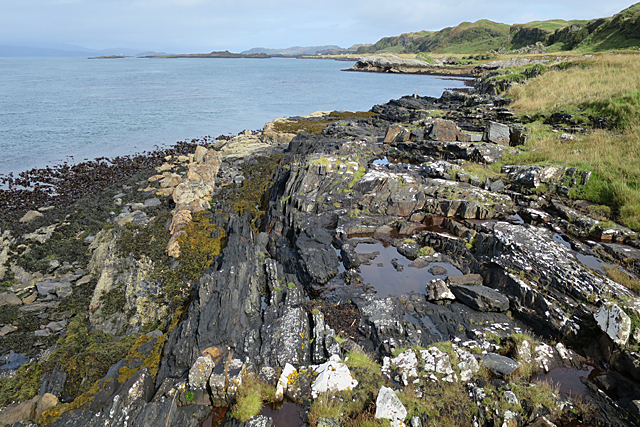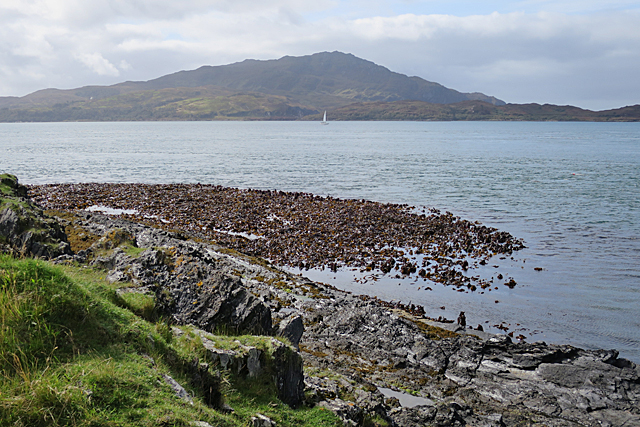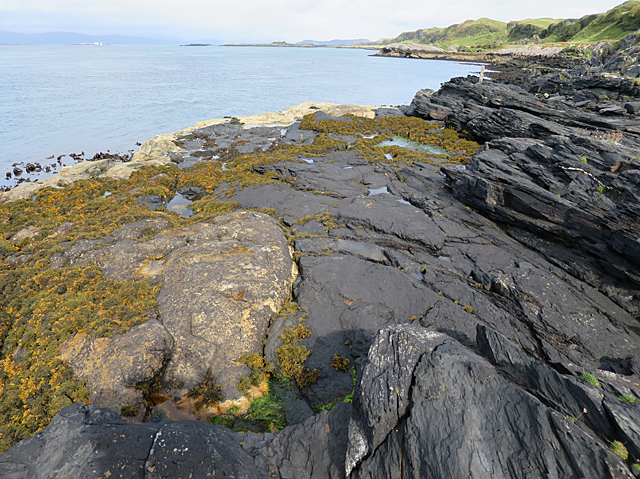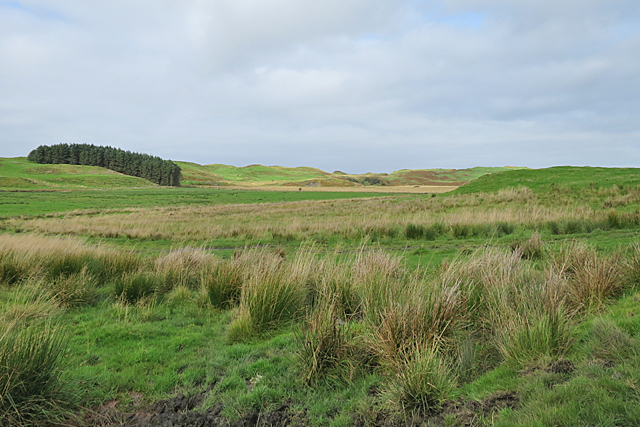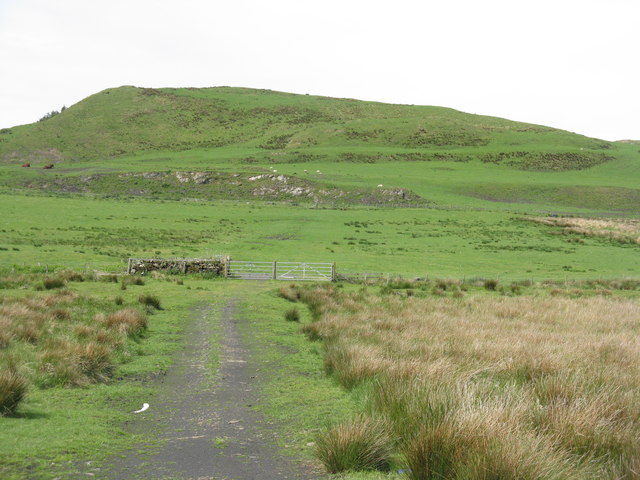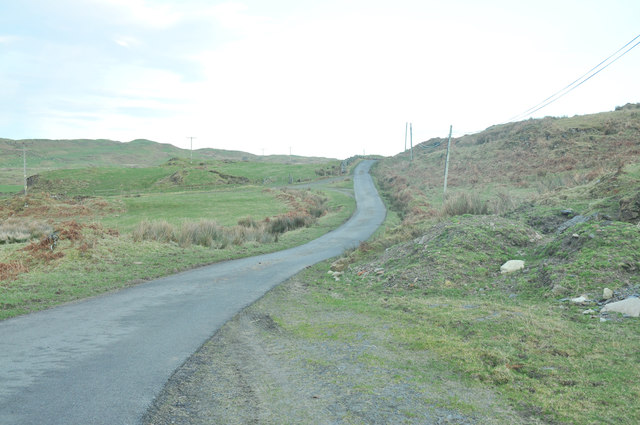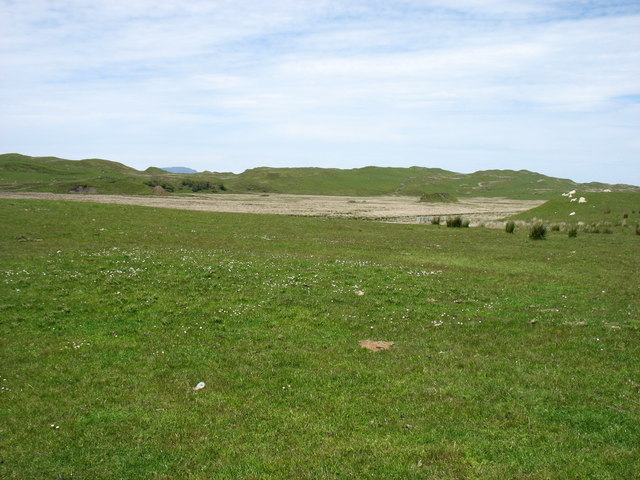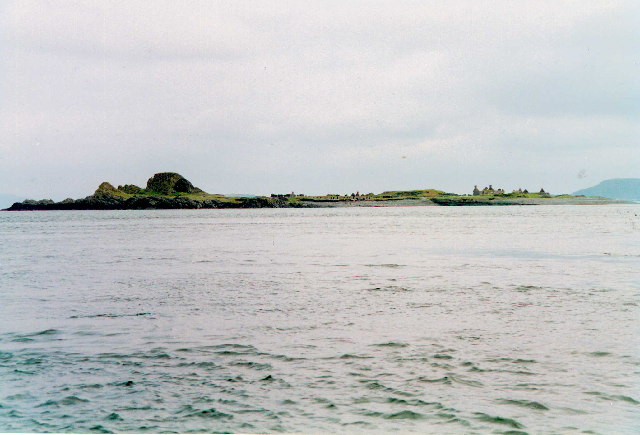Eilean Mhic Chiarain
Island in Argyllshire
Scotland
Eilean Mhic Chiarain
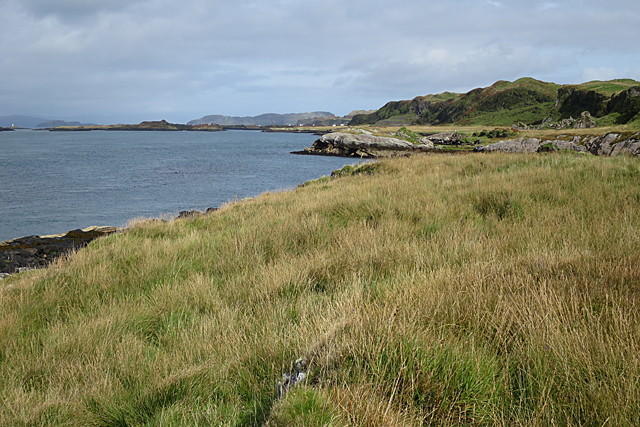
Eilean Mhic Chiarain is a small island located in Argyllshire, Scotland. Situated off the west coast of Scotland, it is part of the Inner Hebrides archipelago. The island covers an area of approximately 26 acres and is surrounded by the beautiful waters of the Atlantic Ocean.
Eilean Mhic Chiarain is characterized by its rugged and rocky terrain, with a diverse range of flora and fauna. The island is home to various species of seabirds, including puffins, razorbills, and guillemots, making it a popular spot for birdwatching enthusiasts. The surrounding waters are also teeming with marine life, offering opportunities for fishing and diving.
The island's main feature is the remains of a medieval chapel, dedicated to St. Kiaran, which dates back to the 13th century. The chapel's ruins, consisting of a stone wall and a small graveyard, provide a glimpse into the island's rich history and religious significance.
Eilean Mhic Chiarain is accessible by boat, with several companies offering tours and transportation services to the island. Visitors can explore the island's natural beauty, take in the stunning views of the surrounding coastline, and immerse themselves in its tranquil atmosphere.
The island offers a peaceful retreat from the hustle and bustle of mainland life, making it an ideal destination for nature lovers and those seeking solitude. Whether it's exploring the historic ruins, observing wildlife, or simply enjoying the serenity of the island, Eilean Mhic Chiarain offers a unique and enchanting experience.
If you have any feedback on the listing, please let us know in the comments section below.
Eilean Mhic Chiarain Images
Images are sourced within 2km of 56.237112/-5.6645714 or Grid Reference NM7310. Thanks to Geograph Open Source API. All images are credited.

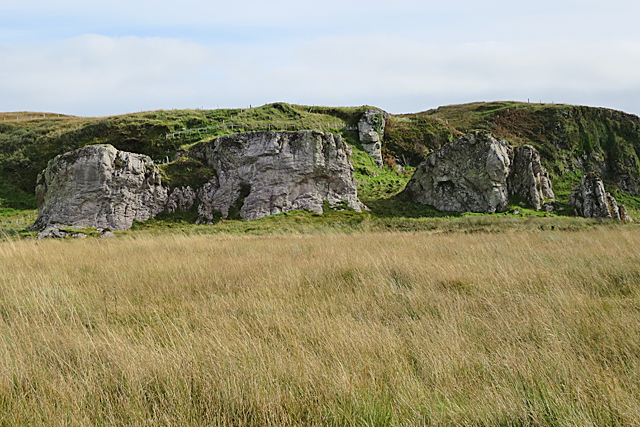
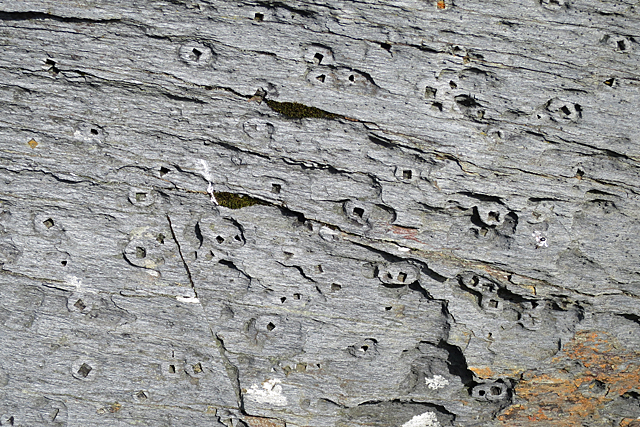
![Fladda Lighthouse, from the Sound of Luing A lighthouse on one of the smaller Slate Islands in the Sound of Luing, built in 1860 by the Stevenson brothers <span class="nowrap"><a title="https://en.wikipedia.org/wiki/Fladda,_Slate_Islands" rel="nofollow ugc noopener" href="https://en.wikipedia.org/wiki/Fladda,_Slate_Islands">Link</a><img style="margin-left:2px;" alt="External link" title="External link - shift click to open in new window" src="https://s1.geograph.org.uk/img/external.png" width="10" height="10"/></span>. The land to the left is another Slate Island, Belnahua. The cliffs [ca 250 m] to the right are about 13 km away at An Garradh, the southern edge of Laggan Deer Forest on Mull.](https://s0.geograph.org.uk/geophotos/06/93/18/6931864_8b7caa9d.jpg)
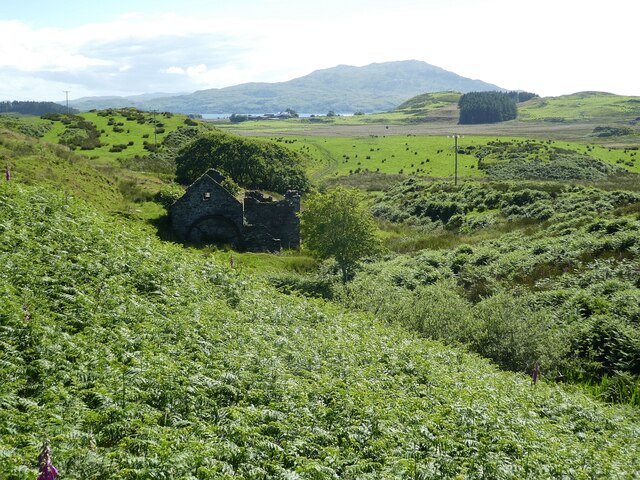
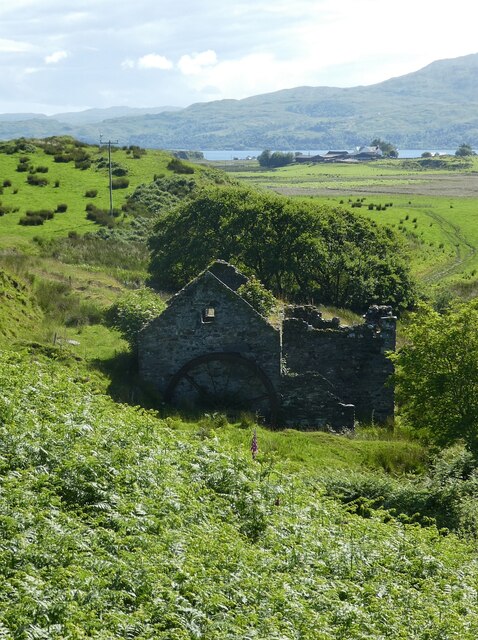
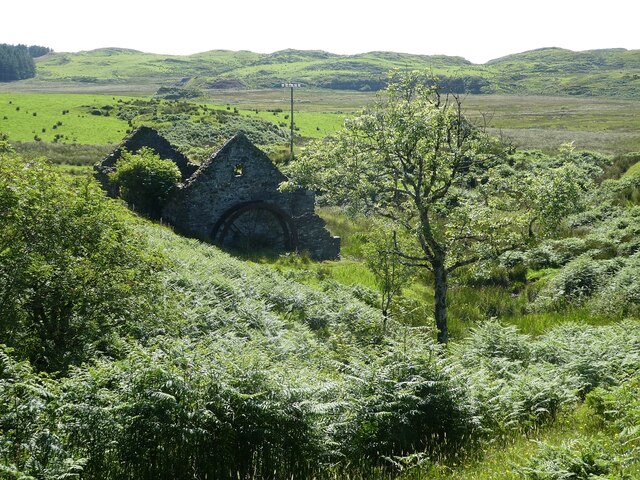
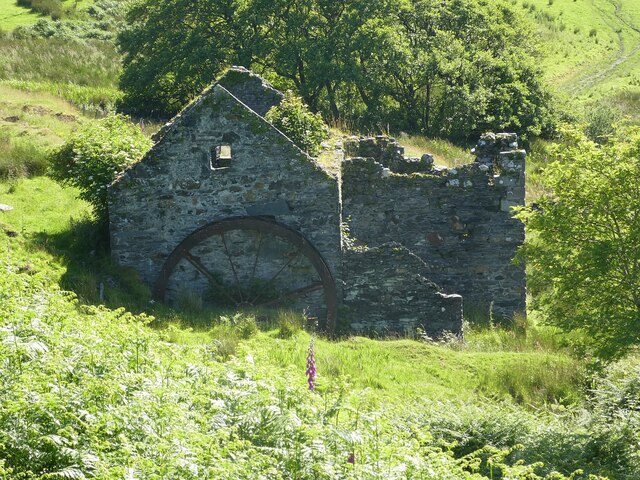
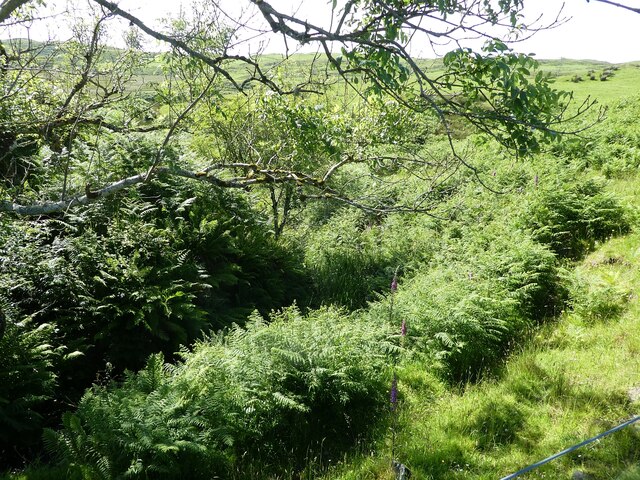

Eilean Mhic Chiarain is located at Grid Ref: NM7310 (Lat: 56.237112, Lng: -5.6645714)
Unitary Authority: Argyll and Bute
Police Authority: Argyll and West Dunbartonshire
What 3 Words
///consented.muffin.conveying. Near Lochbuie, Argyll & Bute
Nearby Locations
Related Wikis
Luing
Luing ( LING; Scottish Gaelic: Luinn) is one of the Slate Islands, Firth of Lorn, in the west of Argyll in Scotland, about 16 miles (26 km) south of Oban...
Fladda, Slate Islands
Fladda is one of the Slate Islands, off the west coast of Argyll and Bute, Scotland. Fladda is an islet in the Sound of Luing, between Luing and Belnahua...
Slate Islands
The Slate Islands are an island group in the Inner Hebrides, lying immediately off the west coast of Scotland, north of Jura and southwest of Oban. The...
Belnahua
Belnahua is one of the Slate Islands, in the Firth of Lorn in Scotland, known for its deserted slate quarries. The bedrock that underpins its human history...
Nearby Amenities
Located within 500m of 56.237112,-5.6645714Have you been to Eilean Mhic Chiarain?
Leave your review of Eilean Mhic Chiarain below (or comments, questions and feedback).
